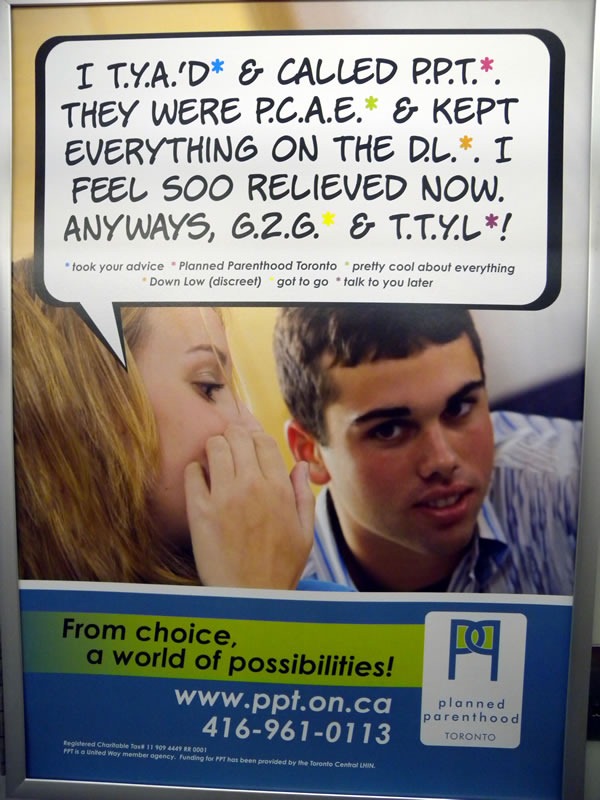Ah, student life. While waiting to do a presentation at Fanshawe College in London, I had a quick student lunch, pictured below:

Damir and I have been touring all over the country over the past couple of weeks for EnergizeIT. Two weeks ago, we were in Kelowna and Victoria, last week we were in London and Kitchener/Waterloo and this week, we’ll be in Fredericton and Moncton. We’re “Team Rover”, one of three teams visiting 20 cities, large and small, across Canada, with John Bristowe and Rodney Buike making up “Team West” and Christian Beauclair and Rick Claus comprising “Team East”.
EnergizeIT’s main presentations are about what’s possible with the Microsoft platform, with a focus on those parts that lots of people use to help them get work done and make their businesses go: Visual Studio 2010, Azure, SharePoint 2010 and Office 2010. In those presentations, we’re demoing these tools and technologies in action with live code and live data, and yes, we’re promoting Microsoft stuff.
In addition to the main presentations, we’ve been doing academic visits, which are quite different. They’re about helping students make the transition from school to the working world. In these presentations, I make very little mention of Microsoft, leaving it just to:
- Hey, I work for Microsoft!
- A quick story about how I landed my job at Microsoft
- At the very end, I point them to a couple of sites:
The academic presentation focuses on the sorts of things that one should do to have a career in technology that’s rewarding in every sense of the word. The core message is that you, the student about to enter the working world, are in charge of your own future, and that in this industry and time, there’s a lot you can do to shape it.
Each of the teams has been working from a presentation created by Qixing Zheng, who used to be with the Microsoft Canada Developer Evangelism team and has since gone on to join the Windows User Experience group, but we’ve been pretty free to add our own twists to it. Our team’s version features a lot of interesting stuff, including:
- The story of my first client meeting, which was a disaster
- The importance of an online presence of some sort
- How to get experience when you’re not yet in the working world
- The value of “soft skills”
- Why operating on just your “left brain” isn’t going cut it anymore
- Ideas from a number of books, including:
So far, Damir and I have done presentations at:
and we’re going to present next week here in Toronto at:
I’d love to do these visits to universities as well as colleges, but the EnergizeIT tour takes place just as universities are going into final exams. I hope that TechDays, which happens from September through December (fall semester in universities) gives us a chance to present at universities across Canada, including my beloved alma mater, Queen’s.
I enjoy doing presentations of all sorts, but I have to admit that there’s a special place in my heart for presenting to students. It’s partly because students are a fun crowd to present to, and partly because there’s the notion of me – of all people, given my checkered academic history – standing at a college or university lectern, presenting ideas to students is rather funny. I love doing the academic visits, and I still have trouble believing that I’m getting paid to do something that’s this much fun.
This article also appears in Canadian Developer Connection.



 Photo by Rick Macwilliam, The Edmonton Journal.
Photo by Rick Macwilliam, The Edmonton Journal.



